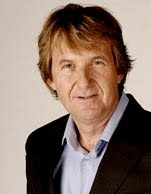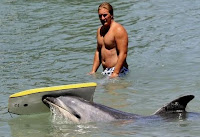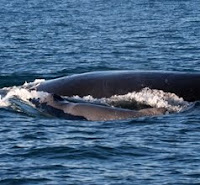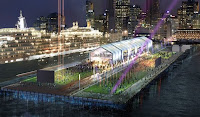 To most of us, a sports game is just that - a GAME - great to win but it's not really a matter of life-and-death. Except...most of us don't play sport for North Korea!
To most of us, a sports game is just that - a GAME - great to win but it's not really a matter of life-and-death. Except...most of us don't play sport for North Korea!Following its failure at the World Cup (losing all three group games - including a 7-0 defeat to Portugal), North Korea's football team was shamed in a 6-hour public inquisition and the team's coach accused of "betraying" Supreme Leader Kim Jong-il. The squad was forced onto a stage at the People's Palace of Culture and - watched by 400 government officials, students and journalists - verbally flailed by the sports minister for failing in their "ideological struggle".
The players were pressured into blaming their coach, who was then forced to become an unpaid construction worker and expelled from the Workers' Party of Korea - he now fears for his very life.
 Only two Japanese-born players avoided the inquisition, as they rather wisely flew straight to Japan after the tournament.
Only two Japanese-born players avoided the inquisition, as they rather wisely flew straight to Japan after the tournament. And let's not even mention the Nth.Korean football fans in South Africa... who were actually conscripted from China! The People's Loving Dictator couldn't let real Nth.Koreans go to the World Cup... in case they never came back!
But by all accounts, these players got off a bit lightly by Nth.Korean standards: in the past, athletes and coaches who performed badly were sent to prison camps!














































